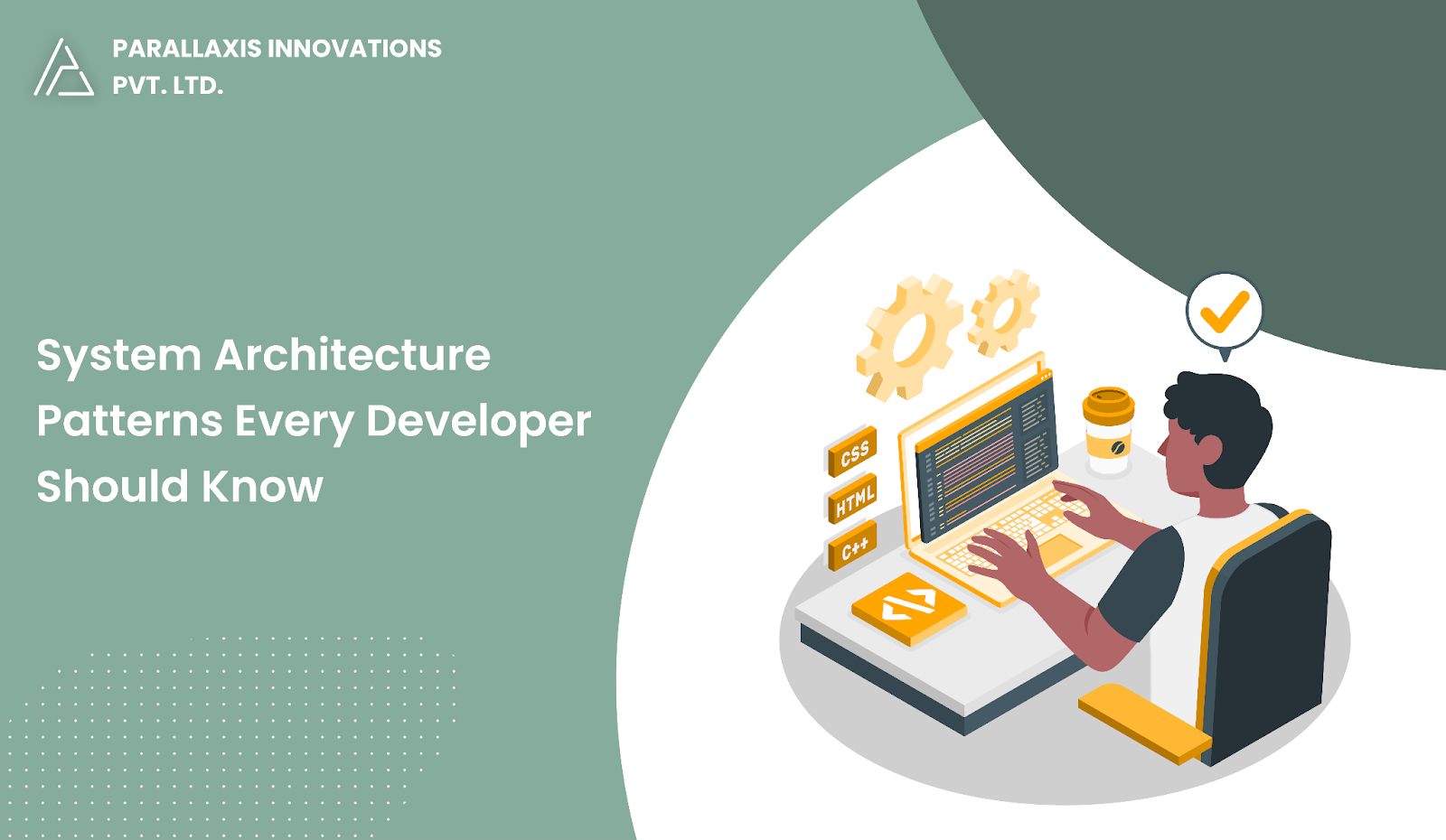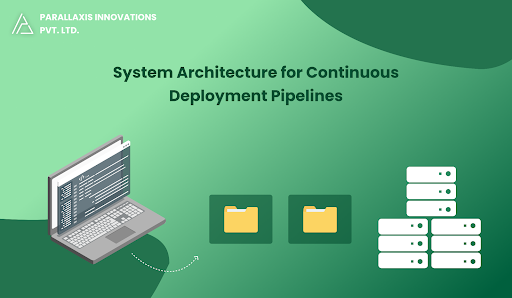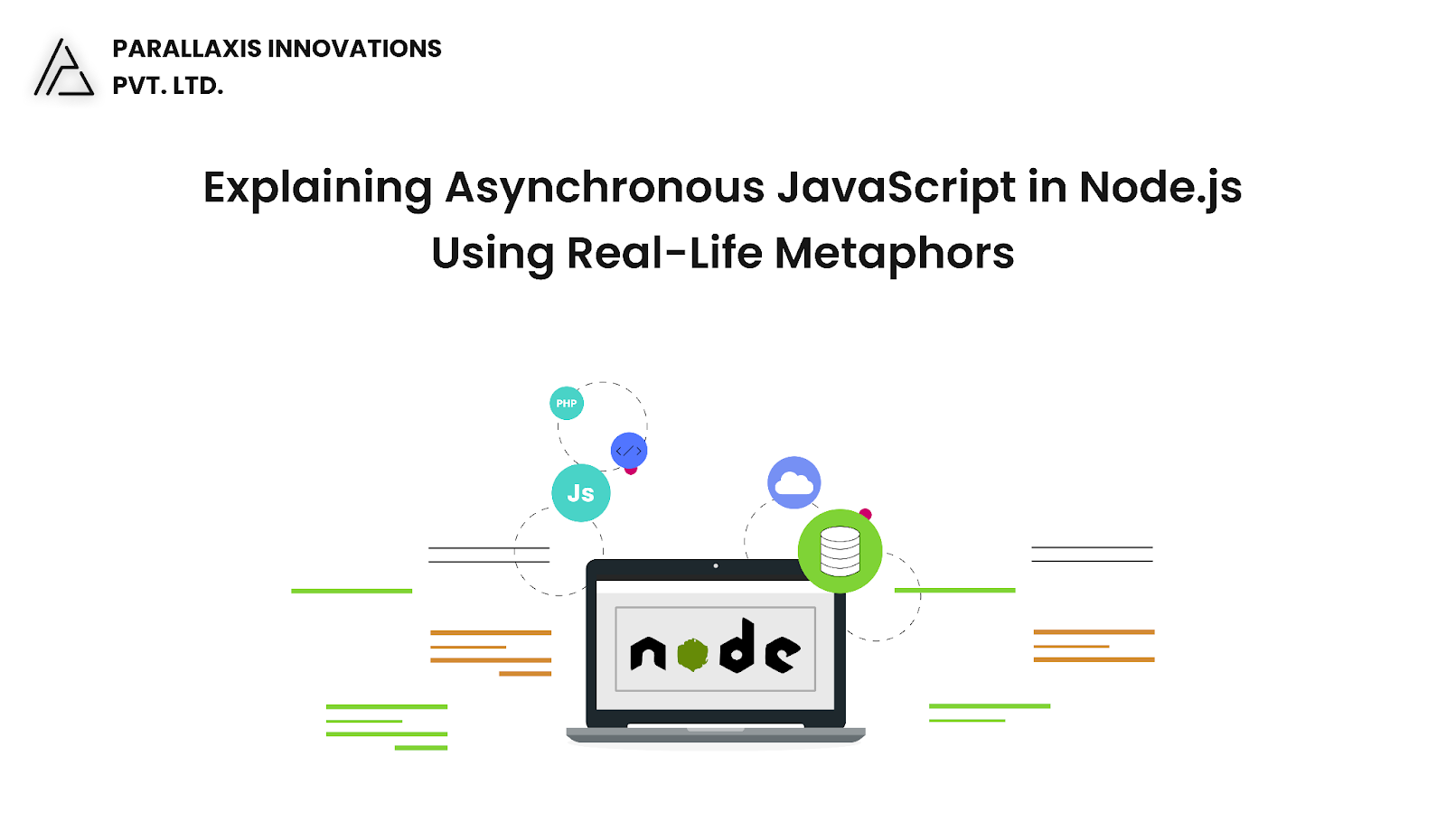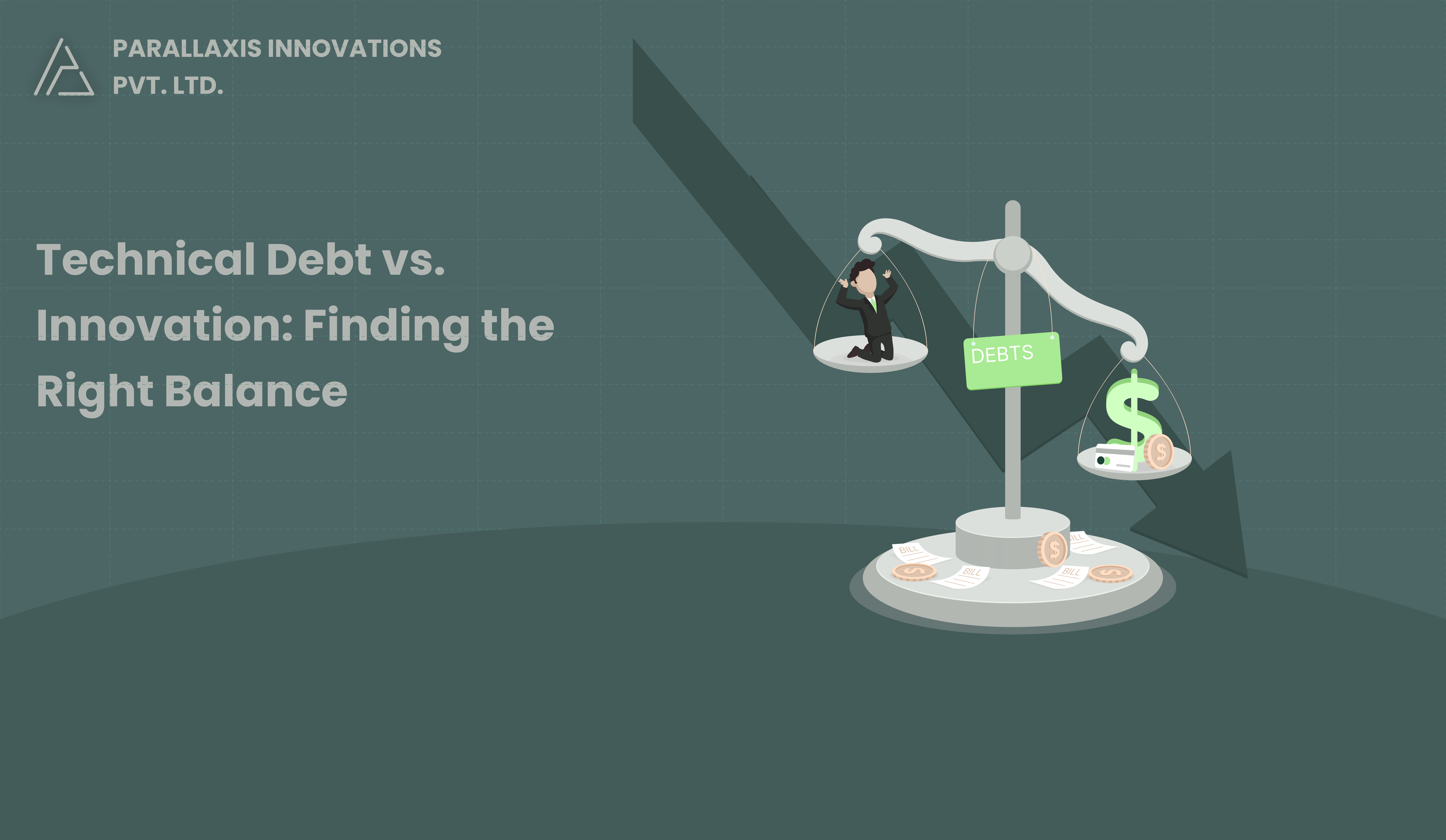As software becomes bigger and more complicated, choosing the right structure (called architecture) becomes very important. Architecture is like the blueprint of a building - it shows how different parts of a system work together, communicate, and grow.
Picking the right architecture helps make your app easier to build, fix, and improve in the future.
In this post, we’ll explain some common system architecture patterns, when to use them, and their pros and cons - all in simple words.
1. Layered (N-Tier) Architecture
What it is:
This is one of the most common types of architecture. The system is split into layers — usually:
- The Presentation Layer (what the user sees),
- The Business Logic Layer (rules and logic), and
- The Data Access Layer (how the app talks to the database).
Used in:
- Web applications
- Business software
- Simple apps that create, read, update, and delete data (CRUD apps)
Pros:
- Easy to understand and organize
- Each part has a clear role
- Works well with frameworks
Cons:
- Parts can be too connected to each other
- Hard to change or grow one part without affecting others
2. Event-Driven Architecture
What it is:
Different parts of the system communicate by sending messages called events. One part sends an event, and another reacts to it. It often uses message queues to handle the events.
Used in:
- Real-time apps (like trading or IoT devices)
- Apps made from many small parts (microservices)
- Systems that need to do tasks in the background
Pros:
- Parts are loosely connected
- Can handle many users or tasks well
- Great for delayed or background work
Cons:
- Hard to find bugs
- Difficult to follow what’s happening
3. Microservices Architecture
What it is:
The app is split into many small services. Each service does one thing and talks to others using APIs (like REST or gRPC).
Used in:
- Big, complex apps
- Teams working on different features
- Systems that need to grow easily
Pros:
- Each service works on its own
- Teams can work independently
- Easy to scale and update
Cons:
- More parts to manage
- Needs strong DevOps and monitoring
4. Serverless Architecture
What it is:
Your code runs as small functions in the cloud. You don’t have to manage servers. The code runs only when needed, like when someone sends a request or an event happens.
Used in:
- Simple APIs
- Scheduled tasks (like daily reports)
- Event-based microservices
Pros:
- No server management needed
- Scales automatically
- You only pay when it runs
Cons:
- Can be slow to start the first time (cold start)
- Harder to test locally
5. Service-Oriented Architecture (SOA)
What it is:
Like microservices, but usually used in big companies. Services talk through a central system called an Enterprise Service Bus (ESB).
Used in:
- Large business apps
- Updating old systems
Pros:
- Services can be reused
- Loose connections between services
Cons:
- Setup can be complicated
- One failed service can affect others
6. Peer-to-Peer (P2P) Architecture
What it is:
All computers (called peers) are equal. Each one can send and receive data. There’s no main server.
Used in:
- File-sharing apps (like BitTorrent)
- Blockchain systems
- Collaborative apps (like shared whiteboards)
Pros:
- No single point of failure
- Works even if some peers go offline
Cons:
- Harder to manage
- Can be tricky to keep data safe and consistent
7. Client-Server Architecture
What it is:
The client asks for something, and the server provides it. This is the basic idea behind most websites and apps.
Used in:
- Websites
- Mobile app backends
- APIs
Pros:
- Simple and easy to build
- Server controls everything
Cons:
- If the server goes down, everything stops
- Not great for very large systems
8. Model-View-Controller (MVC)
What it is:
This pattern splits your code into 3 parts:
- Model: Handles the data
- View: Shows what the user sees
- Controller: Connects user actions to the model and view
Used in:
- Web frameworks like Django, Rails, ASP.NET
- Desktop applications
Pros:
- Keeps code organized
- Easier for teams to work together
Cons:
- Can become complicated in large apps
- Too much setup for very small apps
Choosing the Right Architecture
There is no single "best" architecture. The right choice depends on things like:
- How big and complex your app is
- How your team is organized
- How much traffic your app will get
- How fast you need to launch
- Your experience with cloud, DevOps, etc.
Often, developers combine patterns. For example, a microservices app may use event-driven architecture inside and MVC for its web API.
Final Thoughts
You don’t need to be a system architect to understand architecture patterns. As a developer, knowing these basics helps you:
- Write cleaner, better-organized code
- Build systems that are easier to grow and manage
- Make smart decisions when starting or changing a project
The more you understand about architecture, the better prepared you’ll be to build strong, scalable software in the future.



